What I like the best is it produces a pure assembly code file. This allows me to see the core libraries and how they work. It allows me to load the assembly file into MPLAB and run debug mode or on the simulator without any special changes to the file or any special setup requirements. In fact MPLAB doesn't know a BASIC compiler created it. It thinks its a raw assembly code file.
My guess you'll want to try it out.

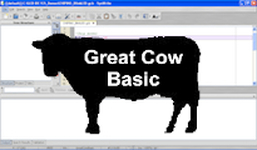
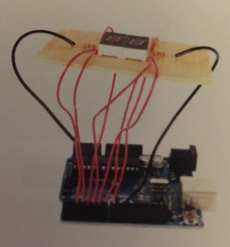
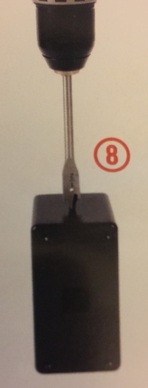
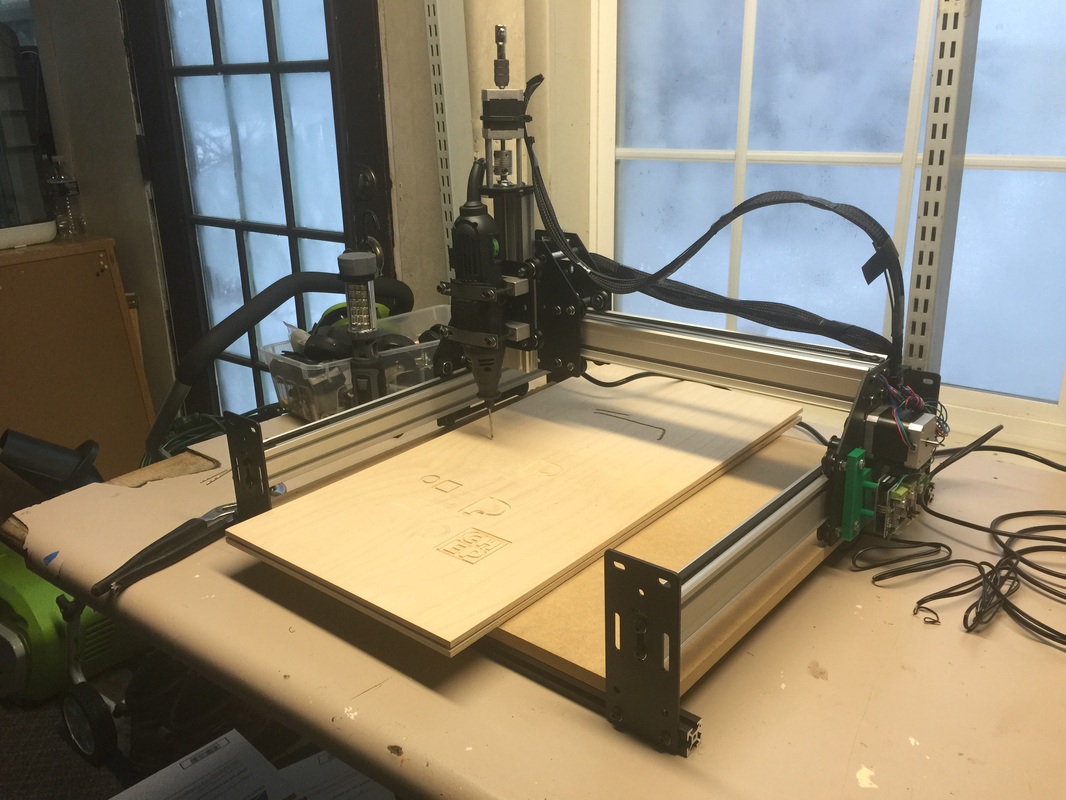
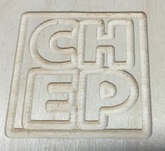
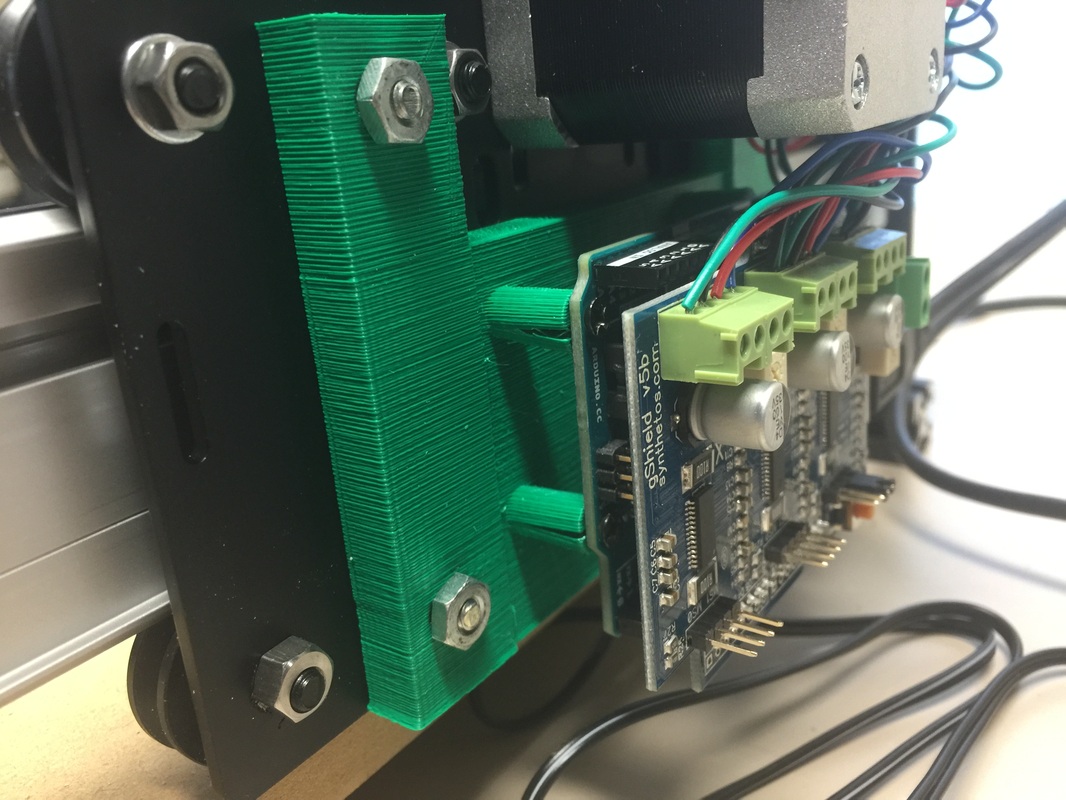
 RSS Feed
RSS Feed
